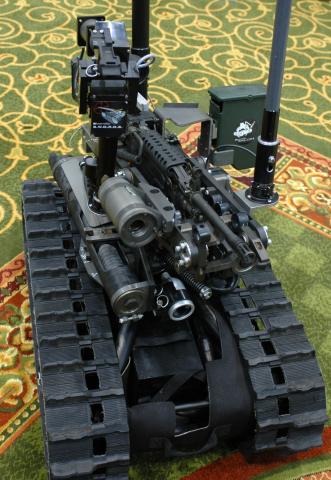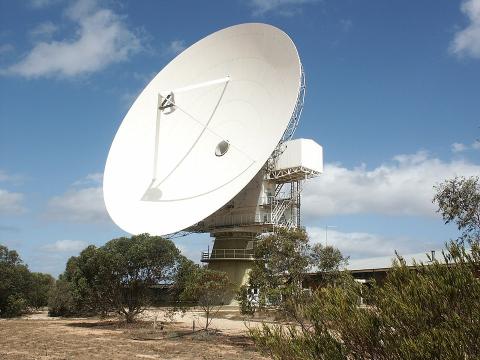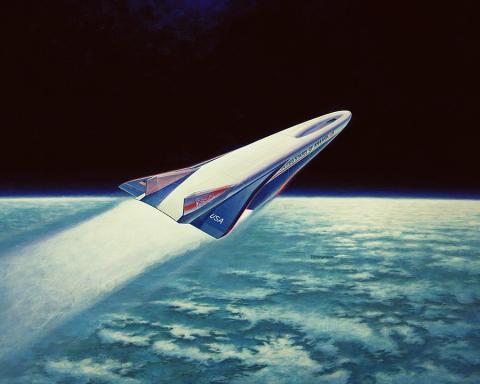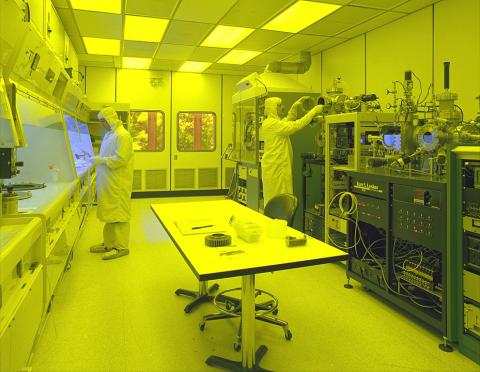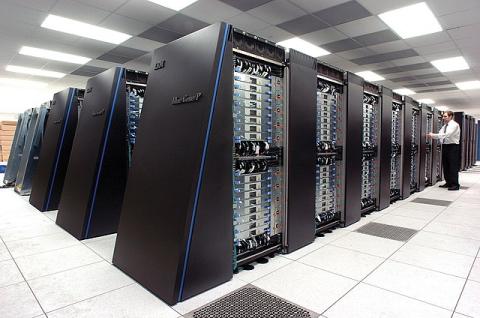It is widely recognized that certain technologies, including emerging or foundational technologies, can be leveraged by Russia and China to substantially advance their military and strategic capabilities in a short time period. This is reflected in the national science and technology plans of both countries as detailed in other sections of this guidance. Given this, in preparation of this guidance, CNS undertook sectoral mapping for nine strategic technology sectors. Generally, the purpose of this sectoral mapping was to understand the global supply chain for these technologies particularly as it is relevant to strategic competition. In some cases, the sectoral mapping focused more on the status of Russia and/or China in relation to the sector.
The table below lists the sectors examined.
|
Sector |
Global |
Russia |
China |
|
Carbon Fibre (scoped around PAN carbon fibre) |
X |
|
X |
|
Aerospace (for Russia scoped around hypersonic missiles, for China scoped around aerospace and space systems) |
|
X |
X |
|
Machine Tools (defined as having five or more axes) |
|
|
|
|
Semiconductor (scoped around or more axis) |
X |
Limited |
X |
|
Telecomms (scoped to include quantum communications, etc) |
|
X |
X |
|
Biotechnology (scoped to include gene editing, etc) |
|
X |
X |
|
Robotics (scoped to include autonomous systems) |
|
X |
|
|
AI/Machine Learning (scoped to focus on inclusion in military and strategic systems) |
|
X |
X |
|
High Performance Computing |
|
|
X |
In examining these technologies, the goal of this guidance is to identify what companies need to know and to safeguard their technology. Given this, each subsection concludes with a concise takeaway’s section.
